A €30 carbon price in 100 countries, proof that gene editing can correct epilepsy, and the ability to pinpoint the location of fast radio bursts from space thanks to new telescopes are just some of the breakthroughs that European scientists told Horizon would make the biggest difference to their field in 2019.
Scalable plasma wakefields – Dr Edda Gschwendtner

Following 2018’s demonstration of a plasma wakefield accelerator that accelerated electrons to more than 1 gigaelectronvolt, a milestone in particle physics, Dr Edda Gschwendtner from CERN says that the next challenge is to show that the process is scalable and able to be used for experiments such as the search for dark photons. ‘2019 will be a very special year also, as we will move from a proof-of-concept experiment to an accelerator experiment.’
Read: Plasma accelerators could overcome size limitations of Large Hadron Collider
€30 carbon price – Professor Johan Rockström
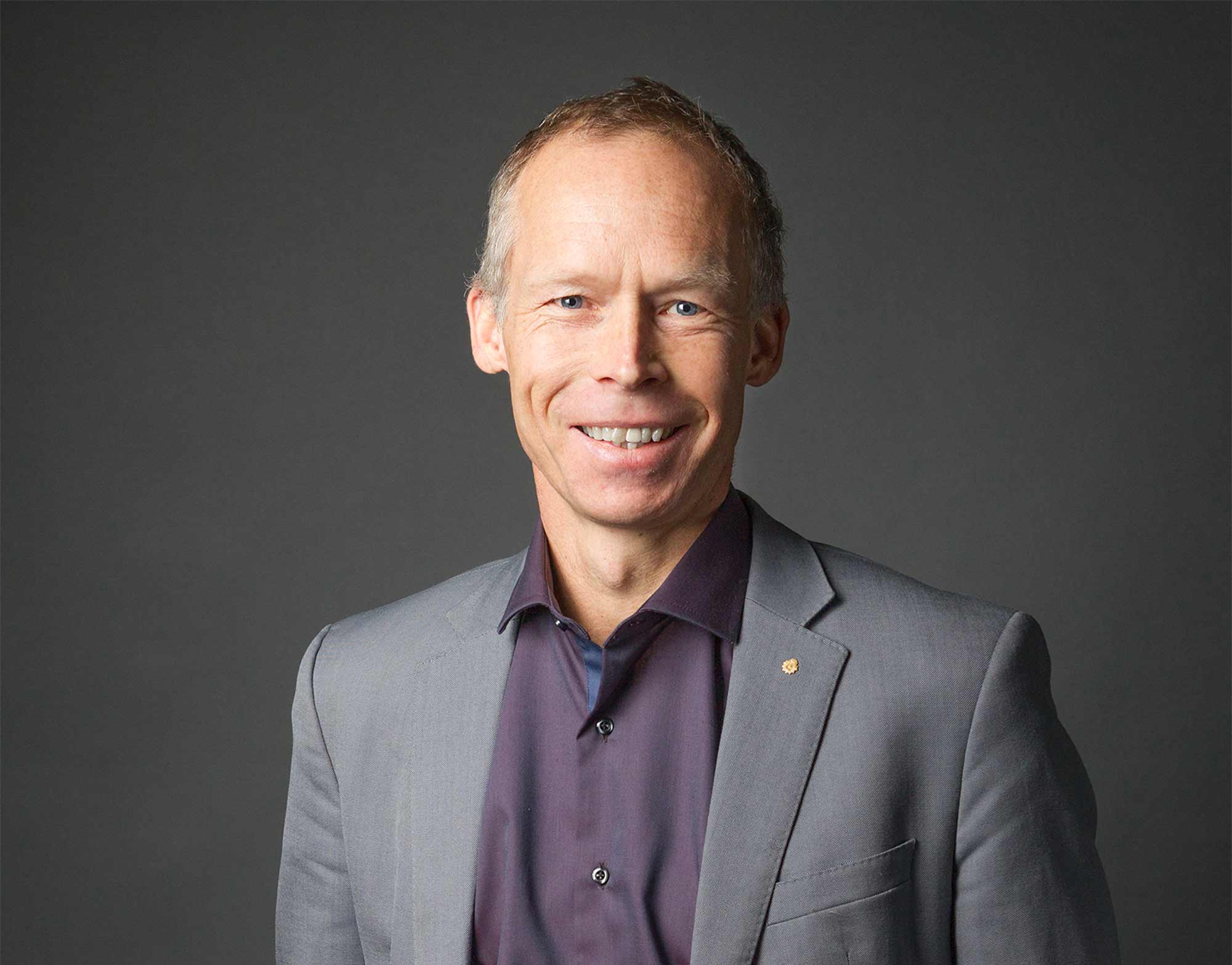
Professor Johan Rockström, co-director of the Potsdam Institute for Climate Impact Research in Germany, says that having 100 countries with a price on carbon of at least €30 per tonne would tip the scales of climate action in the right direction and show that countries were taking climate change seriously. ‘Today we have 50 countries with a price on carbon and if we could double that in 2019, then we would be on a very positive trajectory,’ he said.
Read: Eliminating coal, oil and natural gas is the easy part of fighting climate change – Johan Rockstrom
Anti-vaccine rhetoric containment – Dr Heidi Larson

Vaccination expert and anthropologist Dr Heidi Larson from the London School of Hygiene and Tropical Medicine, UK, says that we should take lessons in how to combat negative messaging online from elsewhere in order to tackle anti-vaccination sentiment. ‘(We need) to bring to the whole social media landscape the kind of rigour that is currently going on around containing hate rhetoric … and bring that same lens to reduce the same dynamics which are happening across the vaccine landscape.’
Read: Rise in vaccine hesitancy related to pursuit of purity – Prof. Heidi Larson
Epilepsy correction – Professor David Henshall

Professor David Henshall from the Royal College of Surgeons, Ireland, believes that this year we will likely see experimental proof that a genetic form of epilepsy can be corrected using a genome-editing tool such as CRISPR to repair the faulty gene or insert a healthy copy. ‘Given the rapid advances being made in gene therapy delivery vectors, the combination could offer life-changing new treatment options for people with devastating forms of this brain disease,’ he said.
Read: Simple blood test could reveal epilepsy risk
AI-designed drugs – Professor Lee Cronin

Professor Lee Cronin from the University of Glasgow in the UK predicts that we will see an increased digitalisation of chemistry, including a programming language that allows drug discovery and the fabrication of complex molecules. ‘(This) will not only lead to the discovery and design of new molecules, but lay the groundwork for the discovery of complex chemical systems that could be used to understand the origin of life and make artificial life forms in the laboratory,’ he said.
Read: Tenfold improvement in liquid batteries mean electric car refuelling could take minutes
Social network transparency – Dr Vidya Narayanan

Dr Vidya Narayanan from the computational propaganda project at the UK’s Oxford Internet Institute is studying how the spread of misinformation on social platforms such as Facebook and Twitter is manipulating public opinion. She said to tackle the problem it is important for researchers to have access to public data on social media platforms. ‘An important breakthrough would therefore be increased transparency from social media platforms and a willingness to share public data with researchers.’
Read: Facebook and Twitter need a redesign to fight junk news
Dark energy proof – Professor Subir Sarkar

Particle physicist Professor Subir Sarkar from the University of Oxford in the UK believes the biggest breakthrough for particle theory would be better evidence of dark energy – the phenomenon that scientists hypothesis is causing the accelerated expansion of the universe. ‘Then we can be sure that the standard model of cosmology is right – and if dark energy really exists it will have a profound impact on our thinking about fundamental physics,’ he said.
Read: Dark energy is the biggest mystery in cosmology, but it may not exist at all – leading physicist
Reversed ageing – Professor Ton Rabelink
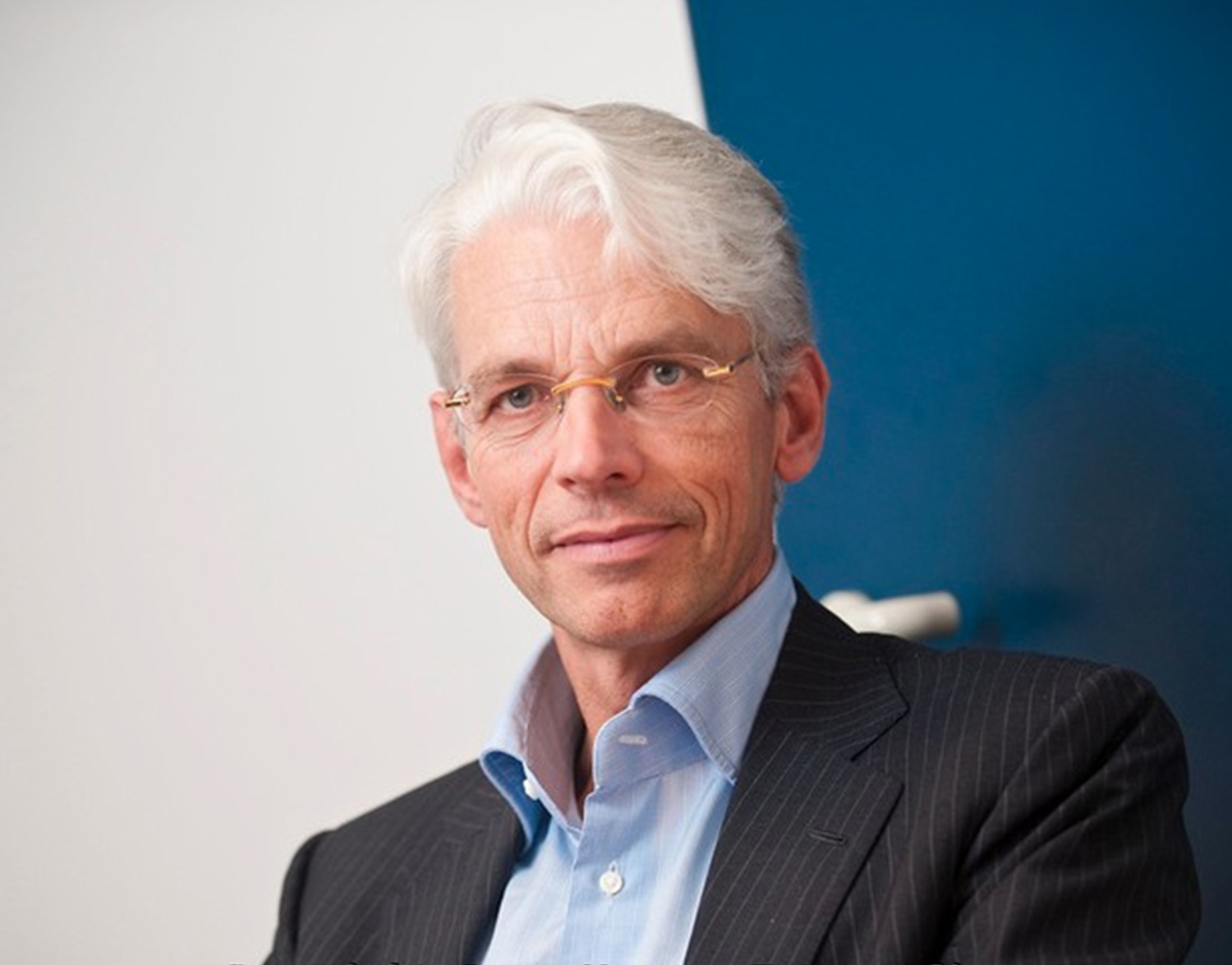
Professor Ton Rabelink from Leiden University in the Netherlands says that is we can scale up the lab-based production of tissues from stem cells in a safe, standardised manner, it would enable the field of regenerative medicine to go beyond injecting cells into the body and towards micro-tissue transplants that can partially recapitulate organ function. ‘One could harness the endogenous (internal) regenerative potential of the human body to reverse ageing and promote tissue homeostasis.’
Read: Europe is in danger of being out-innovated in regenerative medicine – Prof. Ton Rabelink
Renewable fuel pilots – Professor Souzana Lorentzou
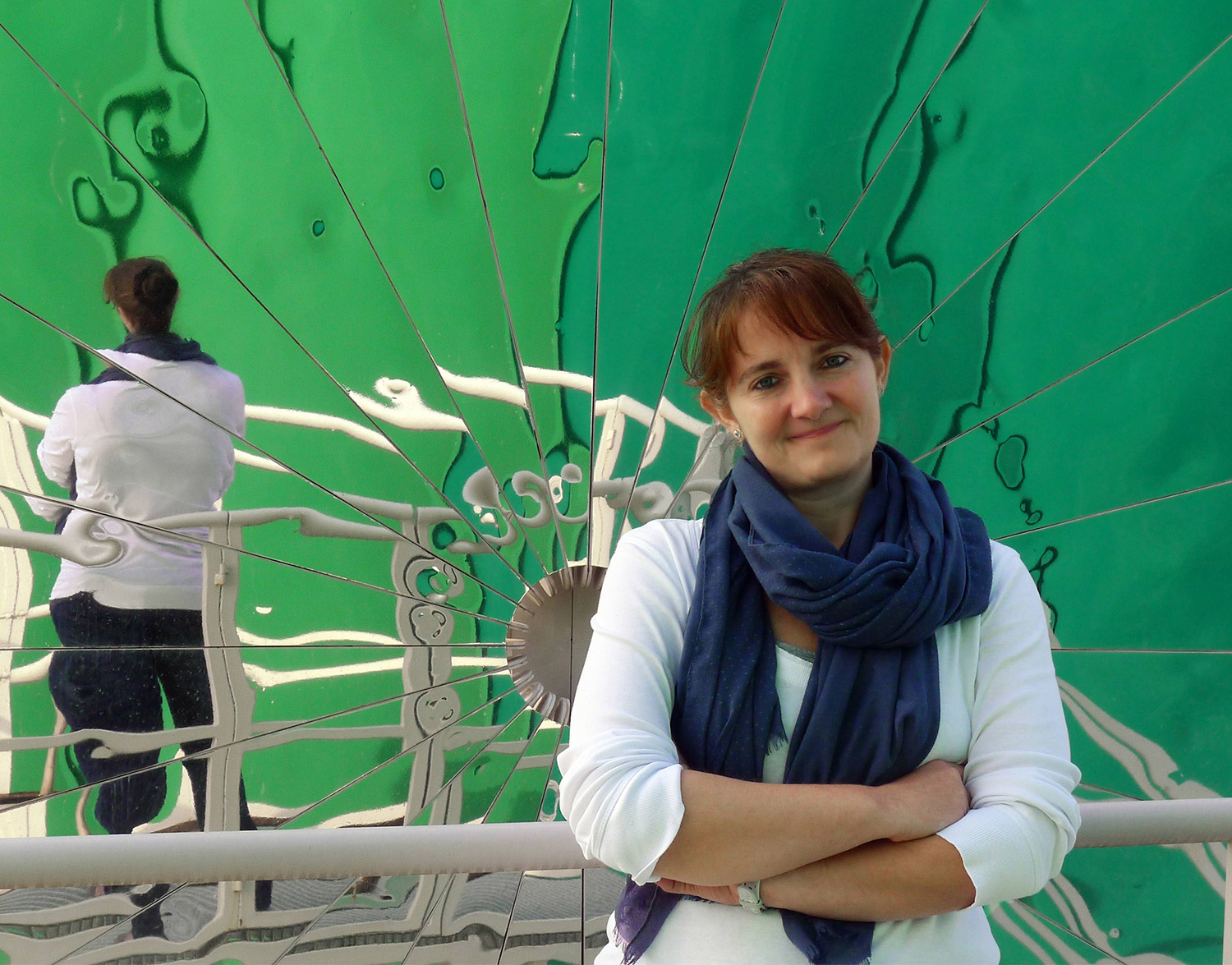
Professor Souzana Lorentzou from the Centre for Research and Technology Hellas in Greece says that while our long-term climate challenge is to completely replace fossil energy sources with 100% renewable ones, existing technologies must be improved to reduce emissions in the short term. ‘Pilot demonstration installations of the production of renewable solar fuels, chemicals and commodities in 2019 would be an important breakthrough on the path towards maturation for the most prominent technologies.’
Read: Hydrogen use doesn’t emit carbon but its production often does. That could soon change
Cancer resistance explanation – Professor Cédric Blanpain
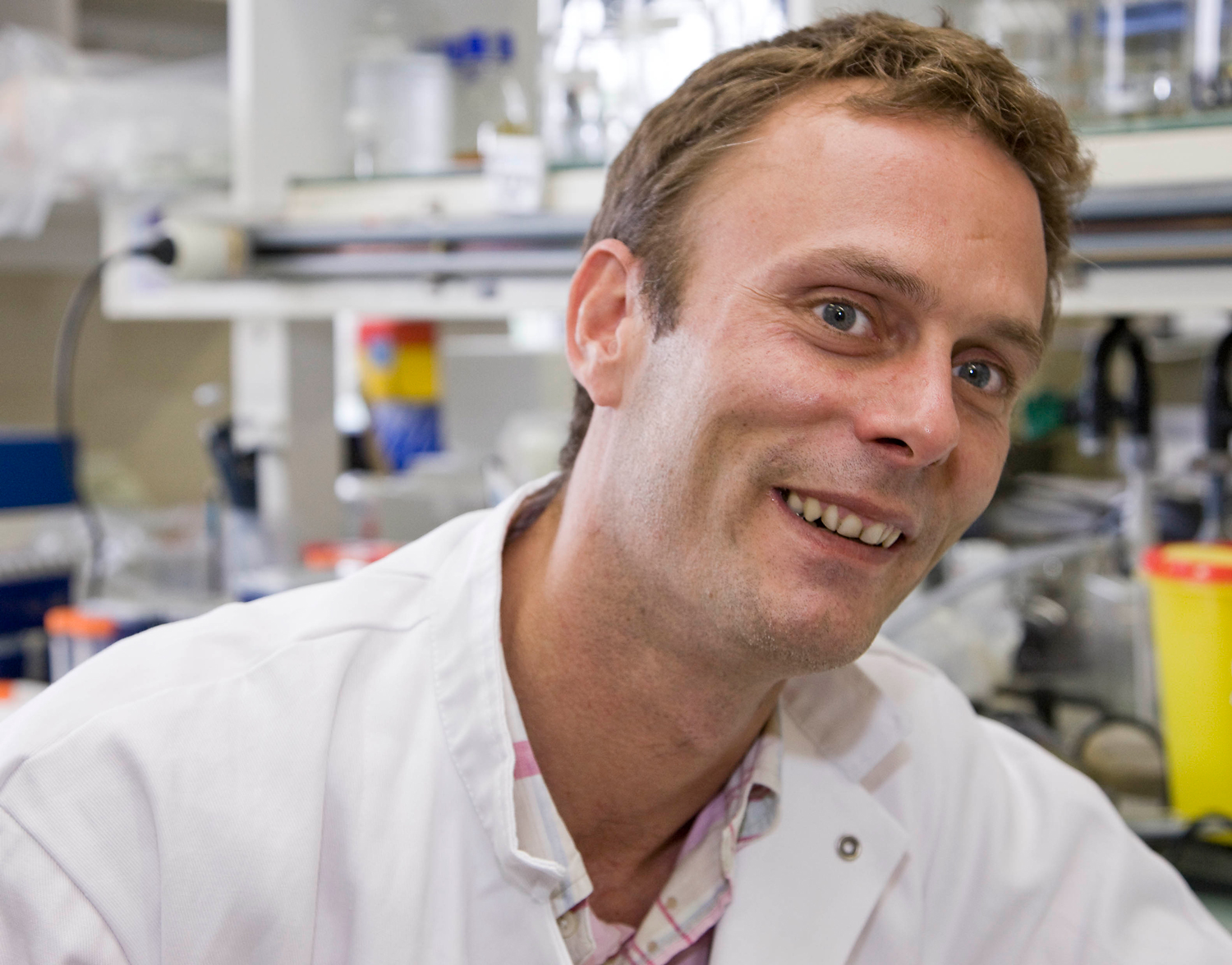
Cancer expert Professor Cédric Blanpain from the Université Libre de Bruxelles in Belgium believes that the best change for a breakthrough in treating the disease would be if we can identify how cancer cells are able to resist therapy. ‘Understanding such mechanisms can lead to the development of new combinations of treatments which will alleviate resistance to therapy in cancer patients, increasing the chance of being cured after therapy and avoiding relapse,’ he said.
Read: Discovery of hybrid cancer cells reveals how disease spreads
Saturn mission – Professor Frank Postberg
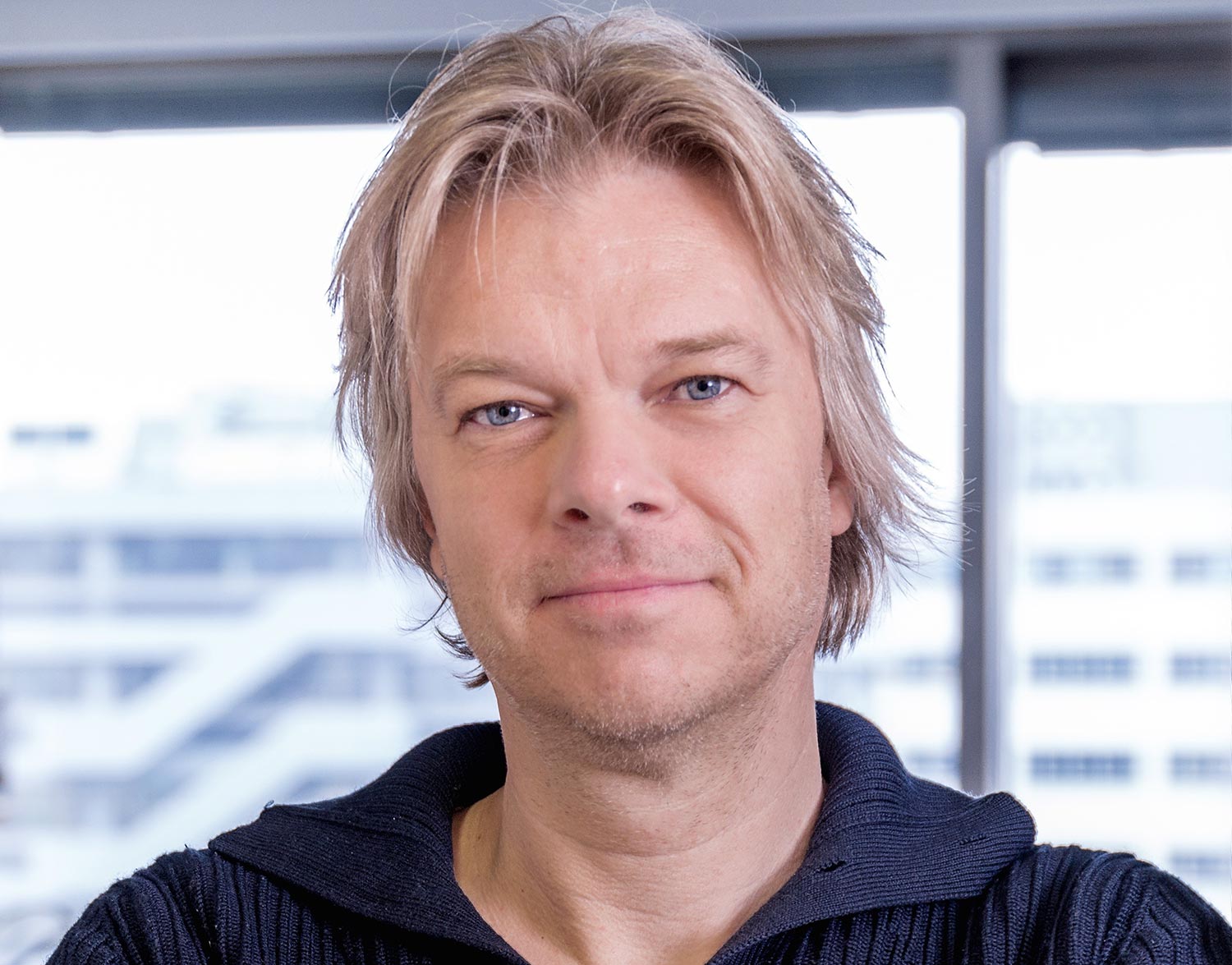
For Professor Frank Postberg, whose work helped to identify the carbon-based molecules found this year on one of Saturn’s moons, the breakthrough is simple. ‘A decision for a space mission to Saturn’s ocean moon Enceladus to explore the possibilities for extra-terrestrial life at its subsurface hydrothermal systems,’ he said. This would allow scientists to probe further, now they know where and what to look for.
Read: Ingredients for life on Saturn’s moon may be ‘tip of the iceberg’
Fast radio burst locations – Professor Phil Diamond
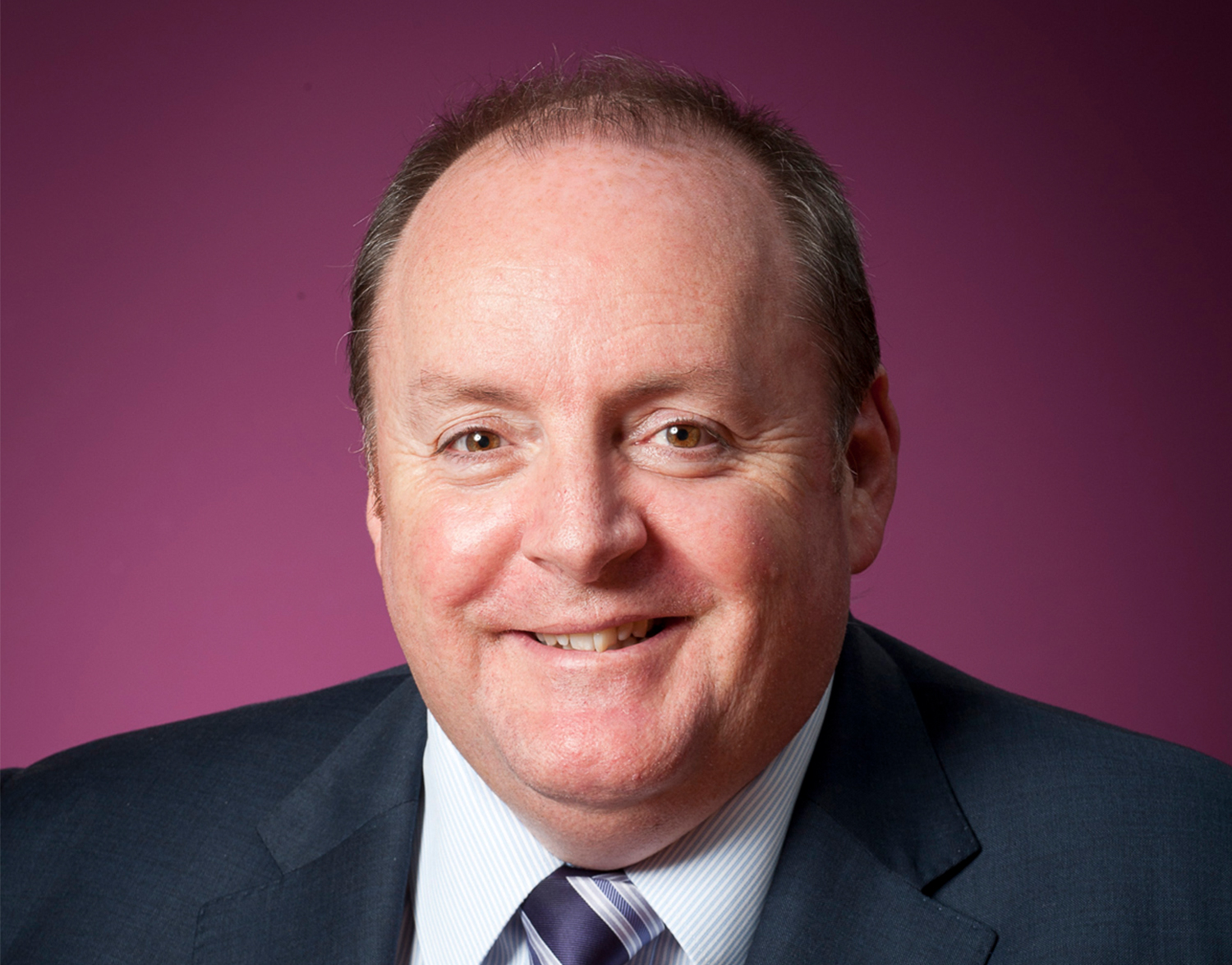
Professor Phil Diamond, Director General of the Square Kilometer Array radio telescope, says that 2019 is the year when new telescopes such as the Australian SKA Pathfinder (ASKAP) and the South African MeerKAT will be fully operational, which means we will have the capacity to locate fast radio bursts (FRBs) – high-energy, extremely bright bursts of radio emission that last just a few milliseconds. ‘When this can be done for hundreds to thousands of FRBs, we’ll have a picture of their location in space and time across the universe,’ he said. ‘They can be then used for high-precision cosmology.’
Read: SKA ‘time machine’ will be able to detect formation of first stars, galaxies
Human-machine interfaces – Serena Fruttaldo
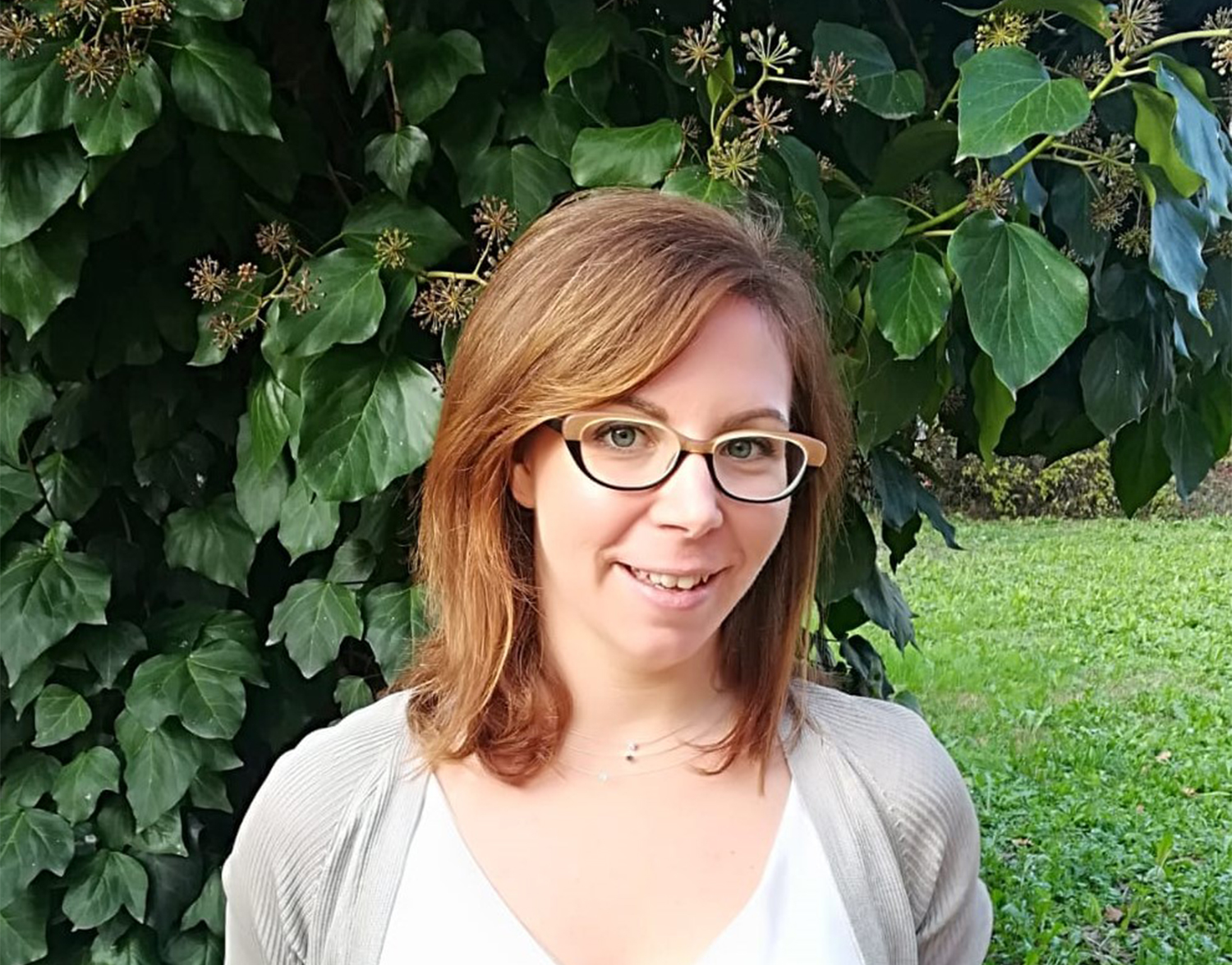
For Serena Fruttaldo of Loughborough University, UK, the conversation about how to get people to use electric and automated vehicles needs to move away from concerns about battery range or transition of control and towards how people interact with the vehicle. ‘A shift of paradigm is needed: HMI (the human- machine interface) is to be conceived as a key technological enabler to enhance the role of the driver,’ she said.
Read: Fleets of compact e-vehicles could help battle air pollution
Personalised nutrition – Professor Loraine Brennan
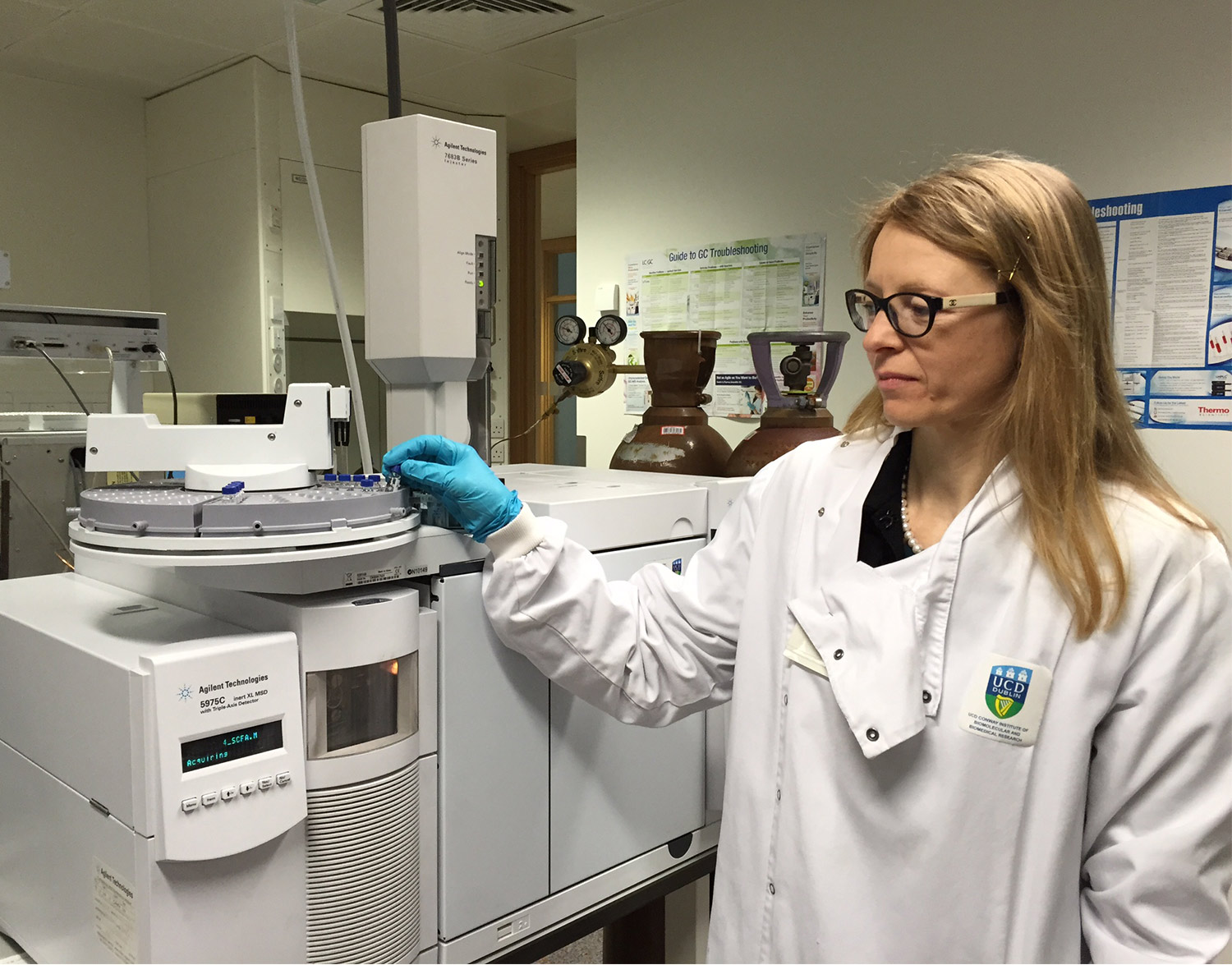
Professor Loraine Brennan from University College Dublin, Ireland, says that we already know how to detect someone’s dietary intake from indicators known as biomarkers, but a breakthrough would be in using this data to better deliver dietary advice. ‘Further development of this area has the potential to allow the delivery of personalised advice to large segments of the population,’ she said.
Read: Personalised nutrition to serve up a healthy life with a side of living longer
Intelligent prostheses – Dr Tamar Makin
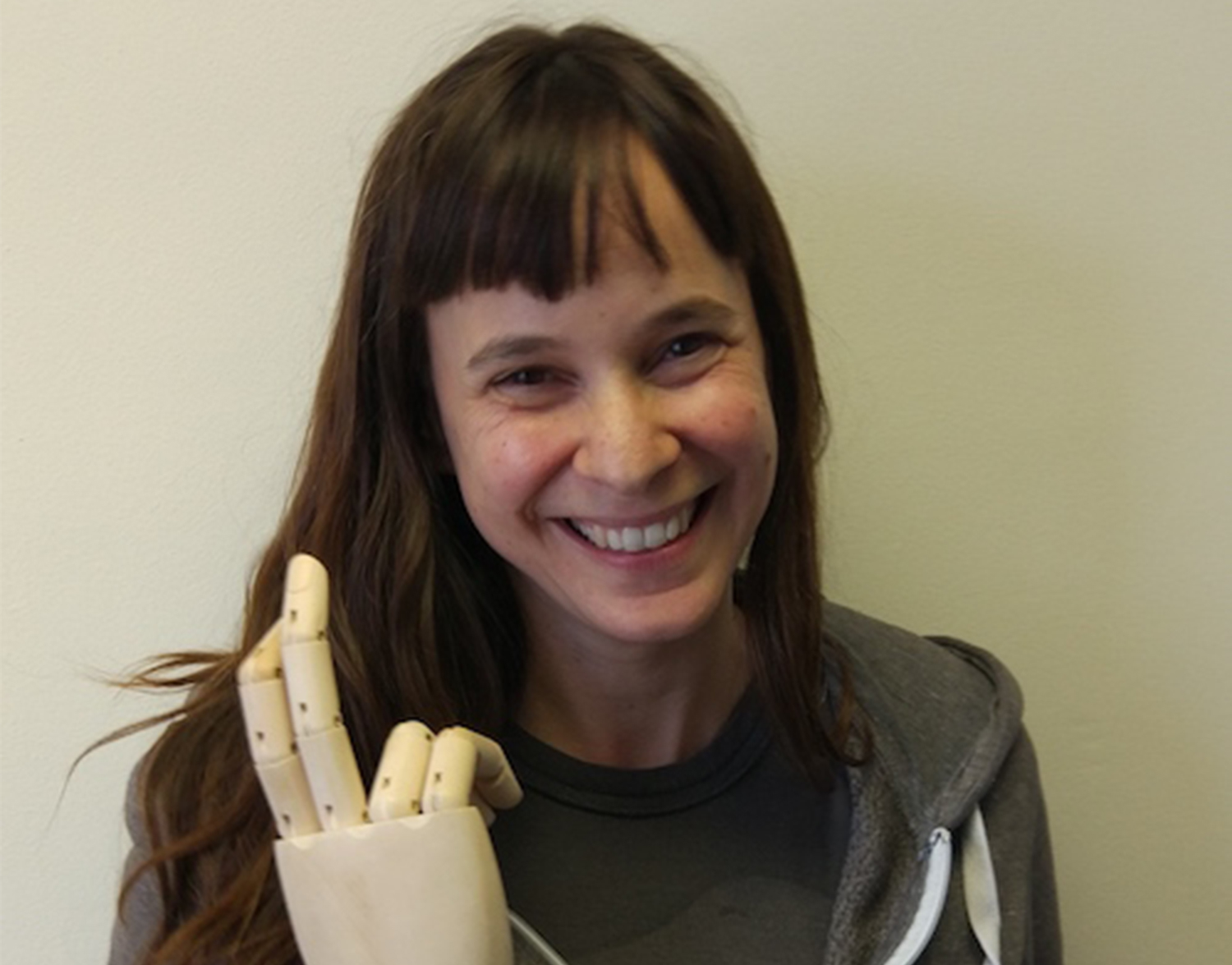
Dr Tamar Makin, a neuroscientist at University College London, UK, is excited about recent efforts to incorporate machine learning in arm prosthetics. Currently, most robotic prosthetics are operated by reading a muscle signal from the user’s arm. ‘With sophisticated pattern recognition techniques, the prosthesis “learns” to recognise more complex and potentially subtle muscle signals, allowing the users to match how they operate their prosthesis with how they move their biological body,’ she said.
Read: From robotic companions to third thumbs, machines can change the human brain
Beneficial microbes – Dr Lolke Sijtsma
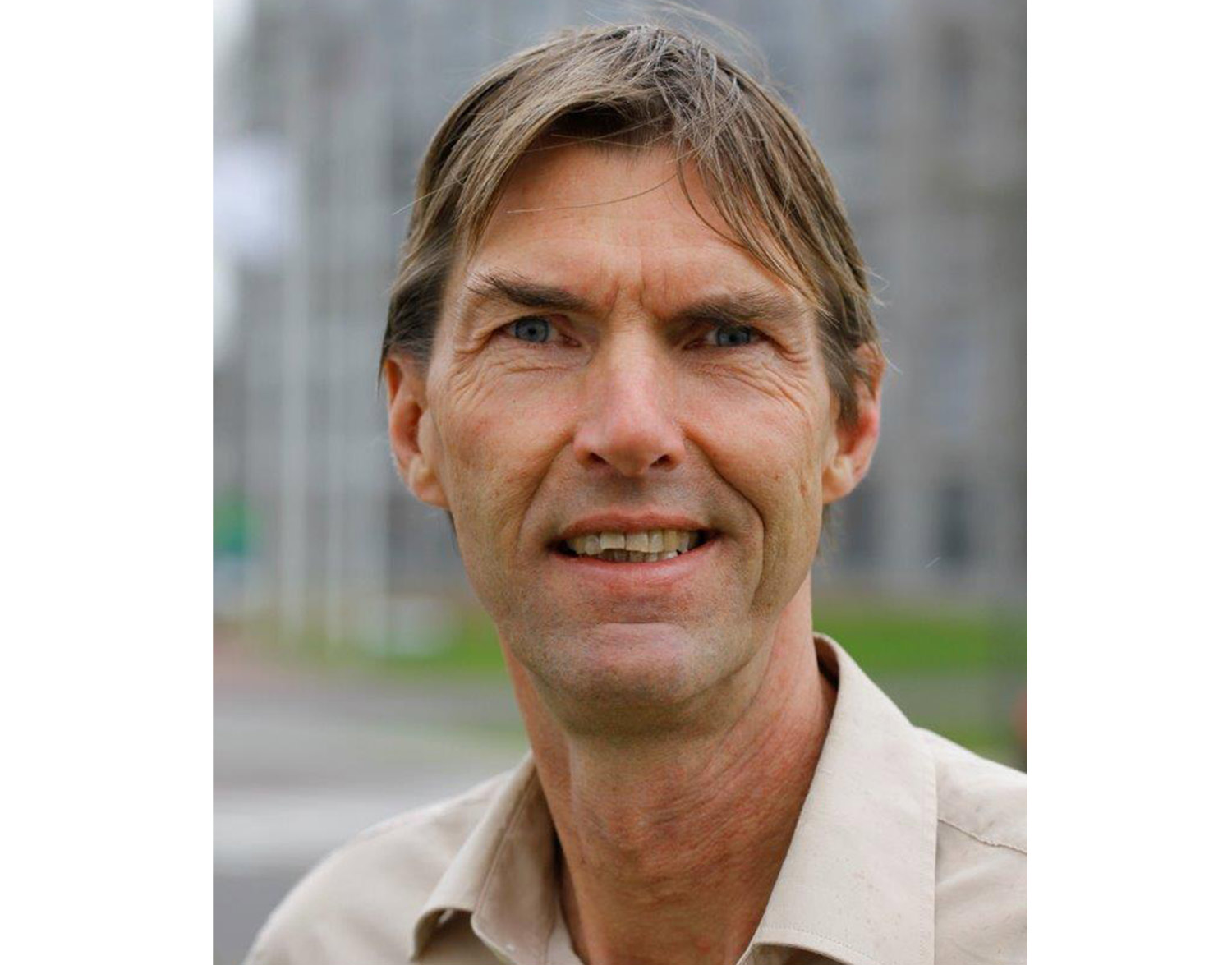
Dr Lolke Sijtsma from Wageningen University and Research in the Netherlands foresees that in 2019 beneficial microbes will play an important role in helping Europe move to a zero-waste economy. ‘I expect we will find new opportunities for the production of high-value products, chemicals and improved foods by using microorganisms, not only bacteria but also yeast and algae,’ he said.
Read: Seaweed coffee cups could help ditch single-use plastics
Cooperative factory robots – Dr Sotiris Makris
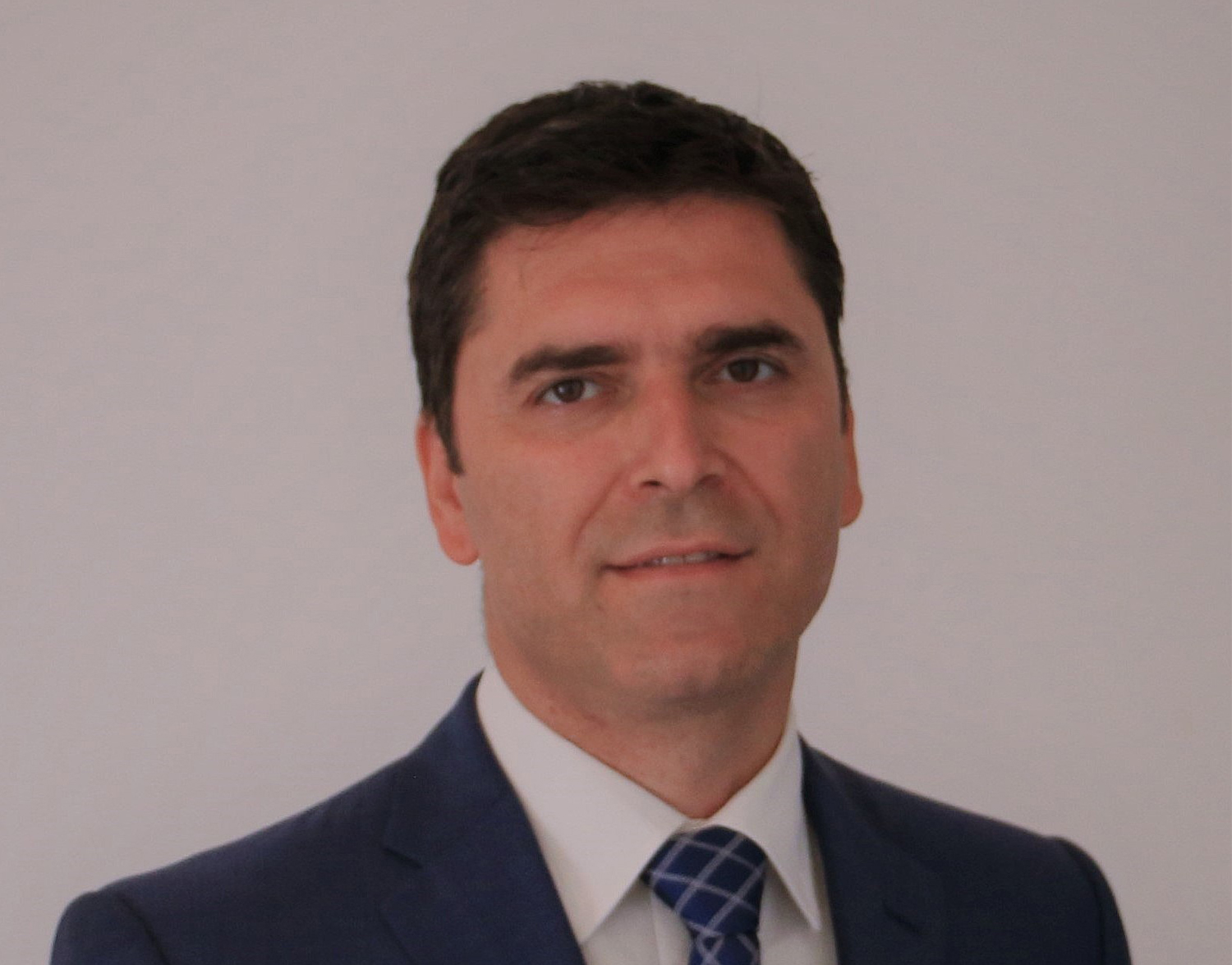
Dr Sotiris Makris from the University of Patras, Greece, believes we will see factory floors populated with cooperative robots. ‘The new factory will comprise intuitive and safe cooperating robots in collaborating with humans, thus eliminating physical barriers such as fences and enclosures,’ he said. ‘This will be possible by introducing cognitive capabilities that will allow the robots to detect the human and its intentions and ensure that no harmful action is taken.’Read:
Read: Robots and workers of the world, unite!
Electric aircraft – Professor Aldo Frediani
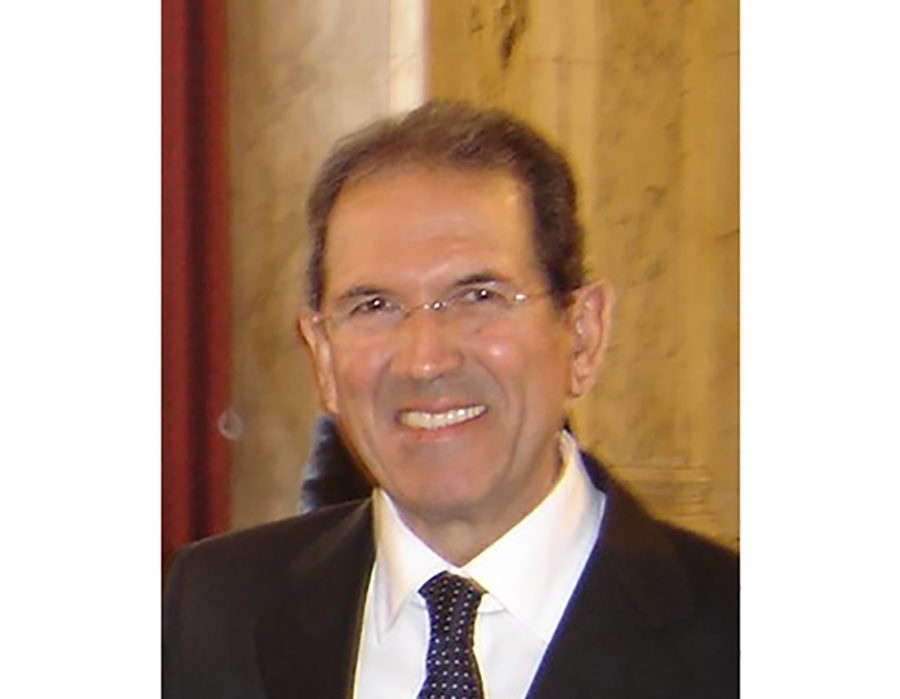
Professor Aldo Frediani from the University of Pisa in Italy says that the debate on the future of air transport is going to grow, with different options for aircraft design, including electric engines, on the table. ‘(I think) next year could see some interesting results on full electric propulsion of very light aircraft and on hybrid propulsion of small and general aviation aircraft.’
Read: Radical closed-wing aircraft design could see greener skies take flight
Originally published on Horizon.
